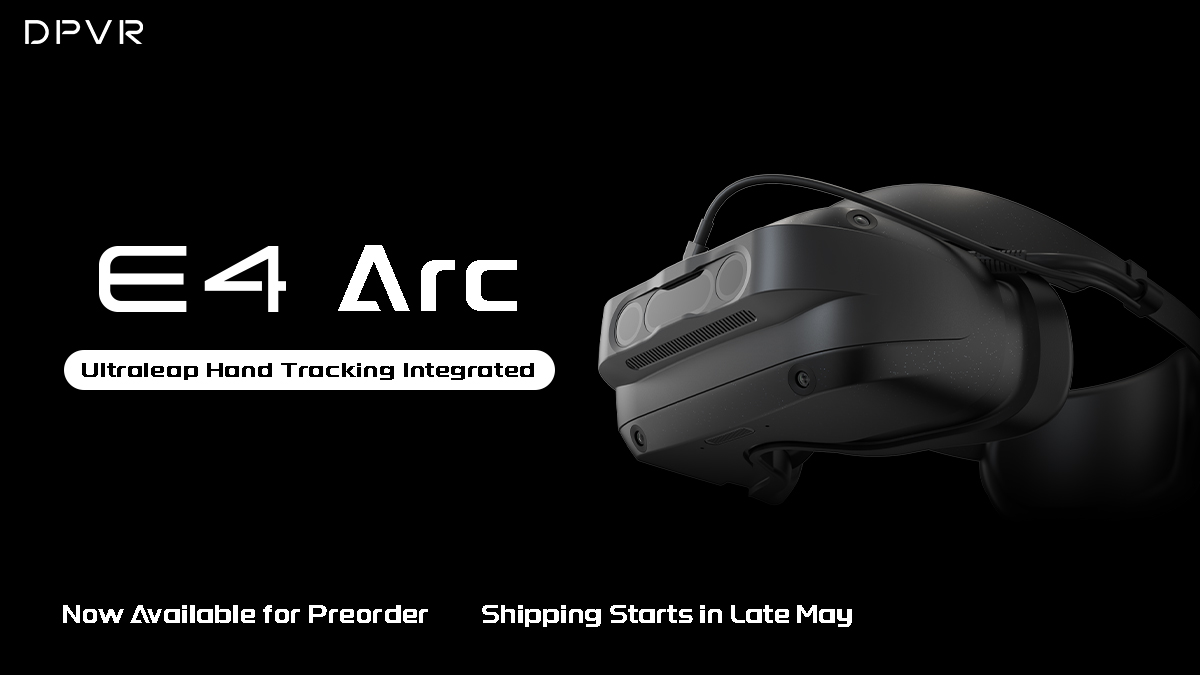Background
Automakers are starting to leverage new digital tools to help with the design, production, and bringing of products to market. Leading car manufacturers have used VR technologyto digitize its commercial-vehicle design. Ford designers working from home have collaborated on new vehicles in a virtual design studioas clay modeling was impossible.
Challenge
Automotive design is not an overnight process. It requires numerous experiments and adjustments to establish the concept and design directions for each component. Traditional concept design process involves manual creation of scaled clay models. Each model undergoes thorough scrutiny by multiple individuals. The final product goes through multiple iterations and iterative designs before being finalized.
The creation and modification of clay models during the design process are particularly time-consuming. Traditional hand sculpting alone can take several months. Moreover, space limitations restrict the number of participants involved in the review process, making it impossible to include all development departments.

Solution
MakeReal3D offers a virtual prototyping tool, streamlining the product development process. The solution allows engineers to change the materials, textures, colors and car parts as well as check the interior and exterior design simply by using a VR controller. By immersing users in hyper-realistic virtual environments, it delivers an authentic experience for prototype evaluation and review. This facilitates effective communication among engineers, enabling the recording of feedback and modification requests, and ultimately enhancing the overall review process. By improving the efficiency of the product development process, the tool reduces time-to-market and costs.

With features like 6 DoF HawkEye Tracking System, Ultra-low Latency Tracking, 4K LCD Display and Wide Interactive Range, the E4 completes the solution that provides designers, engineers, and other related specialists with a fully immersive experience. Besides, it has a comfortable fit and is easy to set up.
Why is E4 an excellent choice
● Flip-up design makes it easier for engineers to operate computers without taking it off.
● 280g body weight for long time use.
● Inside-out tracking, no need to set up external base stations on the walls.
● Affordable price for saving deployment cost.
● Plug and play, swift configuration within 2 minutes.
The virtual reality-aided engineering platform includes functions such as 3D painting, voice calling, screenshotting, and report generation, allowing designers to mark and discuss in a virtual environment, streamlining the workflow. Cross-sectional analysis and explosion maps assist engineers in examining product structure, analyzing component layouts, and assessing assembly relationships, while the marking feature allows engineers to set pins for evaluation or modification. The platform can also accurately simulate the tail airflow for running cars, the deformation result after an accident, and the piston performance when the engine is working.
Benefit
● Avoids the space and cost requirements of clay modeling
● Allows a better design quality through more and quicker iterations
● Makes it easier for remote collaboration
● Produces a more interactive prototype than clay modeling
The virtual reality-based digital prototype review system offers the automotive industry a more efficient, cost-effective solution, enabling designers and engineers to complete their work in a shorter time frame. It has drastically reduced the costs of car manufacturers’ engineering processes and improved product competitiveness to better meet the needs of dynamic markets.
The automotive industry has rapidly recognized the potential of VR in propelling their brand into the future. As a result, car manufacturers have started integrating VR into their design, engineering, marketing, and even employee training and communication practices. As virtual reality is becoming a booster for manufacturing, we expect to explore more possibilities with partners like LONG TEKNIK and help clients transform their business.”
Derek Liu - Vice President Worldwide Sales and Marketing, DPVR
“The top-tier vehicle manufacturers have adopted virtual reality-aided engineering to streamline the development and designing process. MakeReal3D platform provides prototype building, maintainer training, virtual assembly validation and more to empower the automobile industry. In partnership with DPVR, these stable hardwares help designers observe and experience vehicles in an immersive way, enabling more reliable decision-making. We will continue to explore more possibilities in VAE-powered applications and help manufacturing worldwide escalate their business.”
Bintong Ge - CMO of LONG TEKNIK

.jpg)



